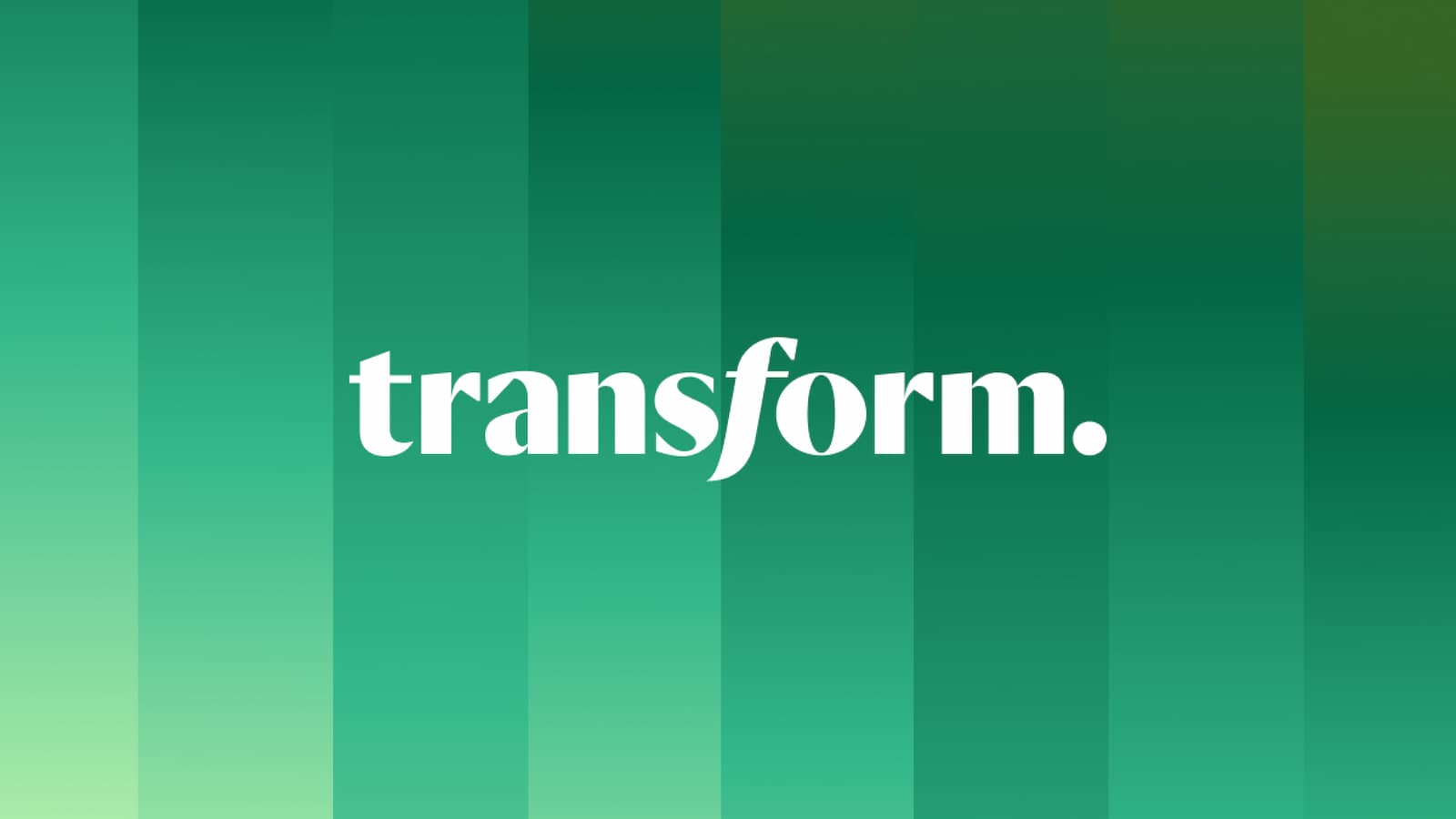
CPOs Are the Next CEOs: 4 Takeaways From Transform 2024
The Lattice team just returned from three inspiring days at the Transform conference in Las Vegas.
As always, the highlight of our time was meeting HR community members and spending time with customers. But we were also struck by the event's energy and the incredible, forward-looking insight into how the HR leaders will continue to unlock employee potential and drive growth.
A resounding theme is that HR teams and leaders are driving the future of work for their companies — and Transform gave us a sneak peek into what that future holds. Below, we highlight four core takeaways from the conference.
1. AI is big. But it’s okay to start small.
Artificial intelligence is on everyone’s mind and is already driving transformative changes across various sectors like health care and customer service. Between the mainstage and innovation lab, we learned about AI’s potential to dramatically improve maternal health outcomes, apps that deliver customized coaching to managers, and comprehensive talent acquisition tools that reduce bias and accelerate time-to-hire.
HR leaders are vital in implementing AI, yet most current experiments remain isolated to specific departments or use cases. In nearly all of these experiments, companies cite notable gains in productivity or time savings for their team. Gianna Driver, CHRO of Exabeam, noted that Lattice AI would save her team dozens of hours by synthesizing the thousands of employee comments that accompany their engagement surveys.
There’s no doubt the first steps are big wins, but there’s a growing desire for AI to integrate with all the many tools and workflows core to HR operations. Don’t know where to begin? Just “play” around, as Marcus Sawyerr of EQ said: Starting small with AI experiments sets the stage for more significant integration efforts – and impact in the years to come.
2. Employees expect more from leaders, driving a universal need to improve manager effectiveness.
Several sessions addressed the challenges of a changed (and changing) workforce. As remote and hybrid work models become prevalent, traditional workplace bonds are fading, leaving employees seeking deeper connections and support from managers and leaders. Gen Z, in particular, requires both clear direction and empathetic leadership; they’re looking for managers who understand them and can help them grow personally. This dynamic reflects a nuanced expectation that companies offer support and foster community, even while relationships have become more transactional due to distance.
Companies are working hard to adapt to these changes, focusing on enhancing manager effectiveness and leadership quality. As expressed by Charter, “We’re [seeking] answers to the question of how to unlock high performance from middle-managers, whose presence and quality is essential for navigating the tectonic shifts in workplaces.”
Experimentation with different strategies is ongoing. Some companies are shifting from training high-performing managers to upskilling lower-performing ones. Others are establishing programs designed to support managers dealing with employees on leave. Many companies acknowledge that traditional learning methods aren’t as effective as hoped and expect to see a multi-faceted approach to enabling managers in the coming years.
3. Data is the language of business.
Analytics is the key that sets apart traditional and future HR teams. Increasingly, HR professionals use data to elevate their strategic roles and showcase their value within the organization. As Sarah Franklin, Lattice’s CEO, aptly put it, “The best way for a CPO to build trust is to bring data.” This rings especially true when persuading a CEO to adopt new perspectives or strategies.
Leaders in HR analytics emphasize the importance of linking people data with business outcomes. When you can pinpoint a company’s specific challenges and connect them to corresponding issues within the workforce, you start speaking the language of business. For instance, you might discover that a decline in software quality stems from ineffective hiring practices in the engineering department, or a lack of leadership on the product team. Even for companies without dedicated HR analytics teams (which is the case for most), collaboration with finance or operations to develop dashboards can provide invaluable insights into critical business questions about your people.
4. CPOs will be the next CEOs.
The sentiment that today's Chief People Officers are poised to become the next CEOs was boldly proclaimed by Cara Brennan Allemano, Lattice’s CPO. This idea reverberated throughout the event, with Amy Bouque, CPO at Kelly, underscoring how pivotal moments in history elevate certain organizational roles.
Just as CEOs turned to CTOs for stability during Y2K and CFOs during the financial crises of the late 2000s, today's shifting landscape — marked by AI integration, renegotiated employee relationships, and tighter alignment between business and people strategies — places the role of the CPO in a spotlight of unprecedented significance.
Consider this: On average, employees account for 70% of a company's costs. Even minor enhancements in productivity, engagement, and skill development can substantially benefit the business. With an eye toward future leadership, Sarah Franklin advised aspiring CEOs to know their business, have a strategy, and understand their people.
—
In summary, the Transform conference energized and inspired us about the future of HR leadership. From advancements in AI to the evolving dynamics of the modern workforce, the event shed light on the transformative potential of data-driven strategies and the pivotal role of HR professionals in shaping the trajectory of their organizations.
Latest blogs
See more blogsInvest in your people. Accelerate your business results.
Request a demo




